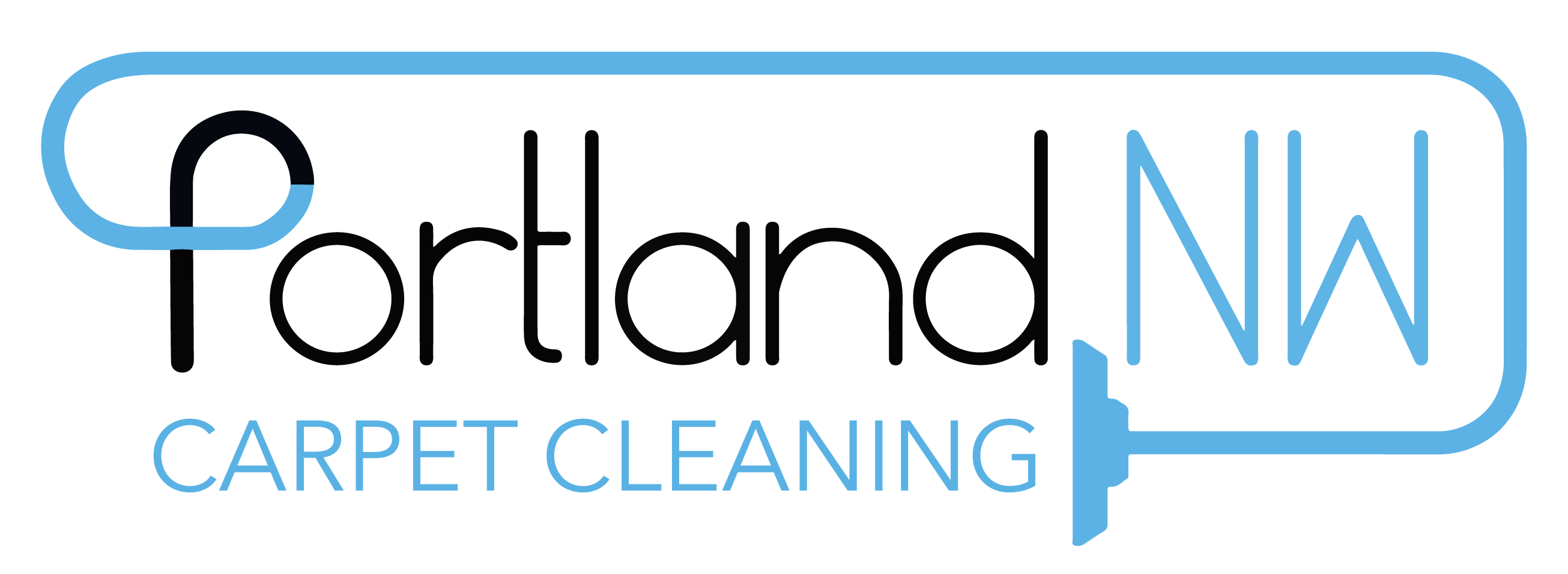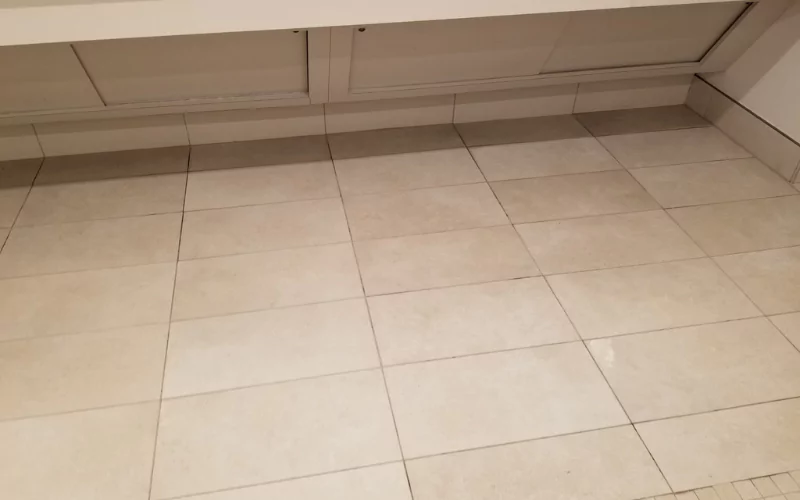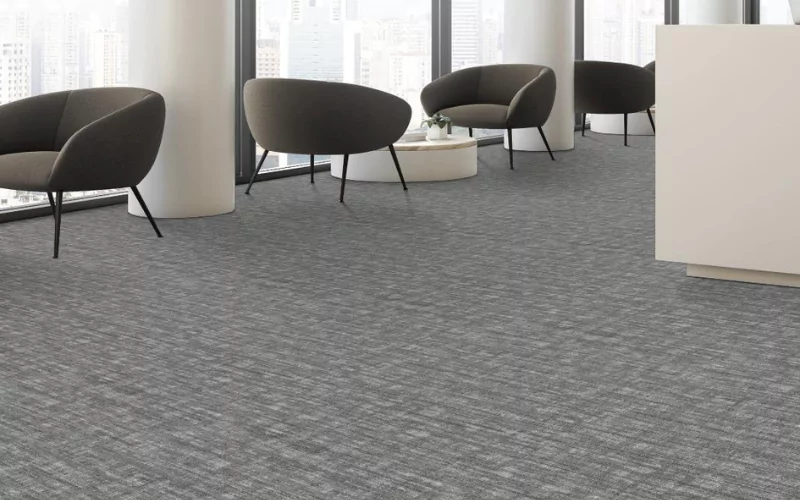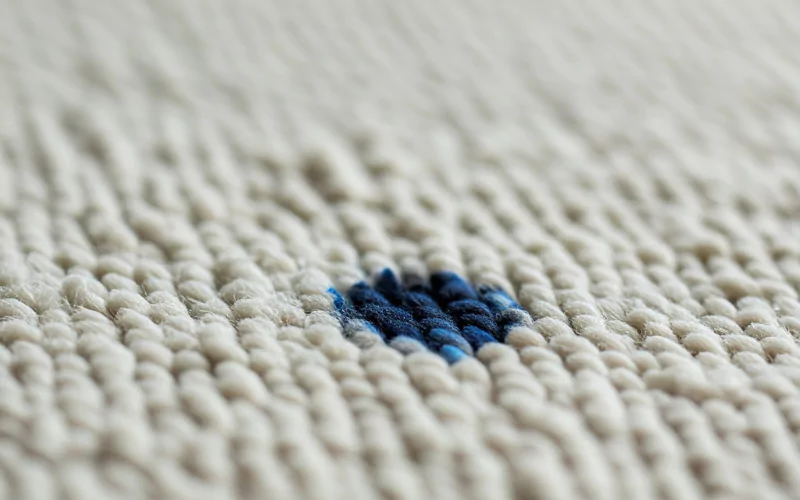Tile and grout are popular choices in many homes, especially for bathrooms and kitchens. But the most underlying issue about them is that they can be prime breeding grounds for mold and mildew, notably in areas with high humidity and moisture.
Mold and mildew are not only unsightly but also pose health risks and damage to your home if left to clean on time. In this blog, we will delve into some useful tips to prevent mold and mildew on your tile floors to protect them for good and make sure your home remains safe and beautiful.
5 Clever Ways To Prevent Mold And Mildew On Your Tile Floors
1. Keep Tile Surfaces Dry
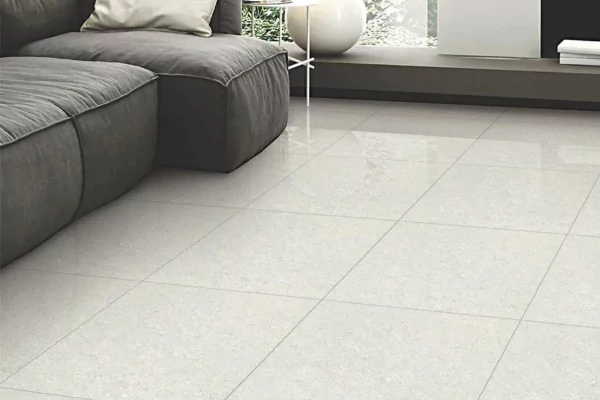
First, as you should know mold and mildew grow in damp environments. Tile and grout, especially in bathrooms and kitchens, are always prone to moisture buildup. Thus, mind that you keep these surfaces dry to prevent this fungus from growing in the first place.
Wipe down surfaces after a shower and repair any leaks in plumbing on time. Also, use bath mats or rugs to soak water and prevent it from pooling on tiles.
2. Fix Cracked-Grouts ASAP
Over time, grout cracks due to several reasons. Cracked grouts allow water to seep through gaps easily and reach the underlying surfaces. This creates a moist environment in which mold seeks to grow and thrive.
Moreover, cracked grouts also collect dirt and grime. This provides a food source for mold and mildew to consume and thus, multiply beyond your expectations.
So, by fixing cracked grout on time, you can prevent mold from appearing on your tile surfaces and also maintain the aesthetic appeal of your tile and grout.
3. Get Grout Lines Sealed

Grout is porous (you can think of it as a spongy material) that soaks water from different sources. So, when water seeps, it creates an ideal condition for mold and mildew. Besides, unsealed grout can also easily become stained, making it a prime place for mold to grow.
Sealing grout lines creates a strong, waterproof barrier over the tile and grout that prevents water from seeping into them and causing mold growth. Plus, another bonus point about sealing is that it helps maintain the color and appearance of your tile floors, keeping them looking fresh and clean.
4. Invest in Mold-Resistant Materials
Mold-resistant materials are made to repel water and the moisture that comes along with it. This reduces the likelihood of water seeping into surfaces and creating an environment prone to mold growth. Some of the most common materials include:
Mold-Resistant Grout: Such grouts contain antimicrobial properties that restrain mold from growing. They are available in various colors and suitable to use for both indoor and outdoor areas.
Mold-Resistant Caulk: These caulks are also made with antimicrobial agents that resist mold and mildew growth. You can use them around sinks, tubs, and other fixtures where water can accumulate.
Backer Board: These boards are water-resistant and are often used behind tile installations. They provide a stable, moisture-resistant base for tiles in wet areas like showers.
5. Maintain Proper Ventilation
When there is a lack of proper ventilation, moisture from warm, humid air can condense on cooler surfaces like tile and grout. This condensation, in turn, leads to mold and mildew growth.
Therefore, proper ventilation helps remove moisture from the air, which can condense on cooler surfaces like your tile floors. One of the best ways to do that is to open windows to allow fresh air to circulate and promote natural ventilation. Additionally, you can use table fans to direct airflow in areas with poor circulation.
Let’s Sum It Up!
Tile surfaces can enhance the beauty of your home. However, due to various factors, they can become prime targets for mold and mildew. This fungus is notorious for causing deterioration of surfaces and triggering health issues.
Nevertheless, by implementing preventative measures such as keeping tile surfaces clean, using mold-resistant materials, and periodically sealing the grout, you can prevent mold and mildew from forming on your tiles and grout, and effectively maintain them.
